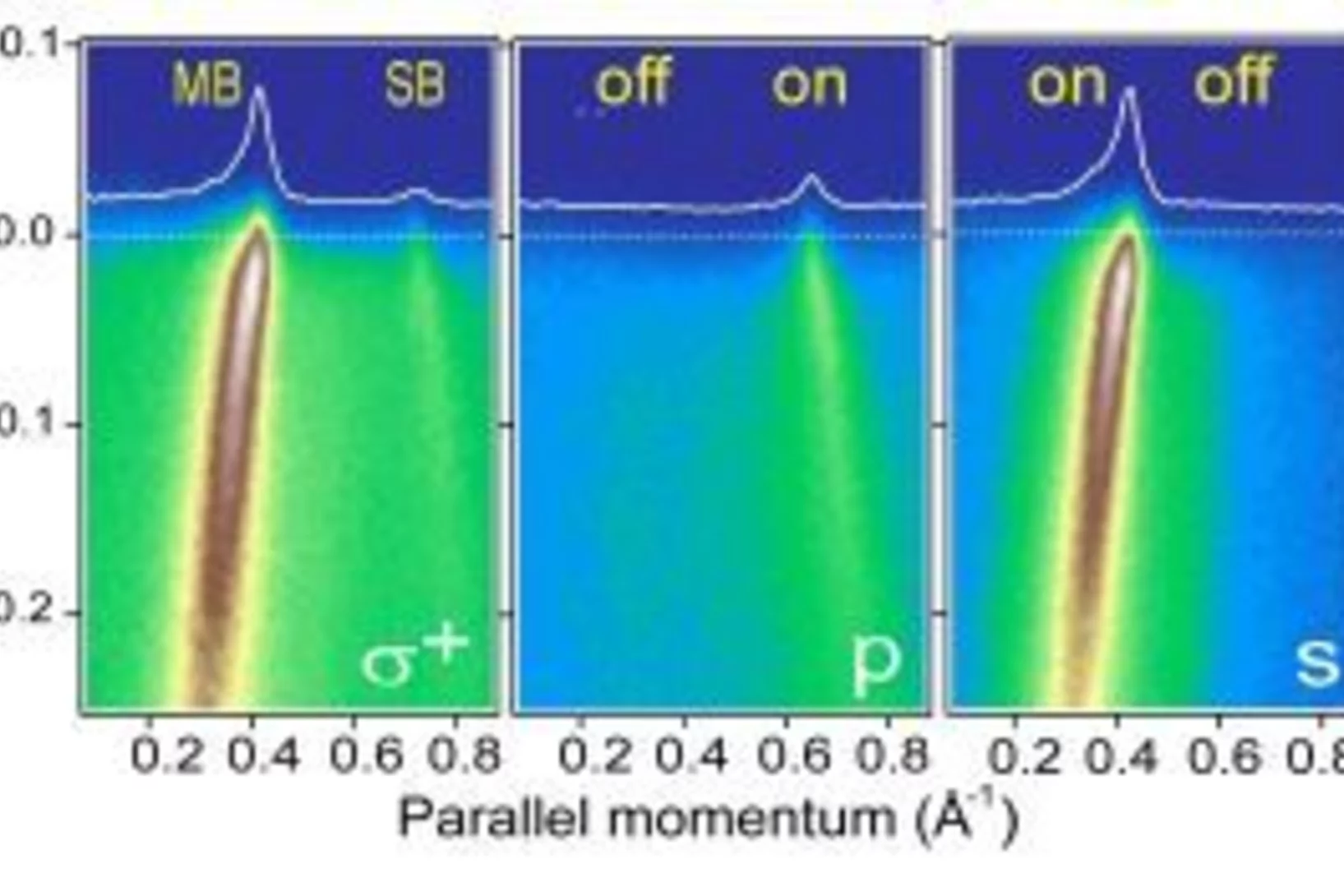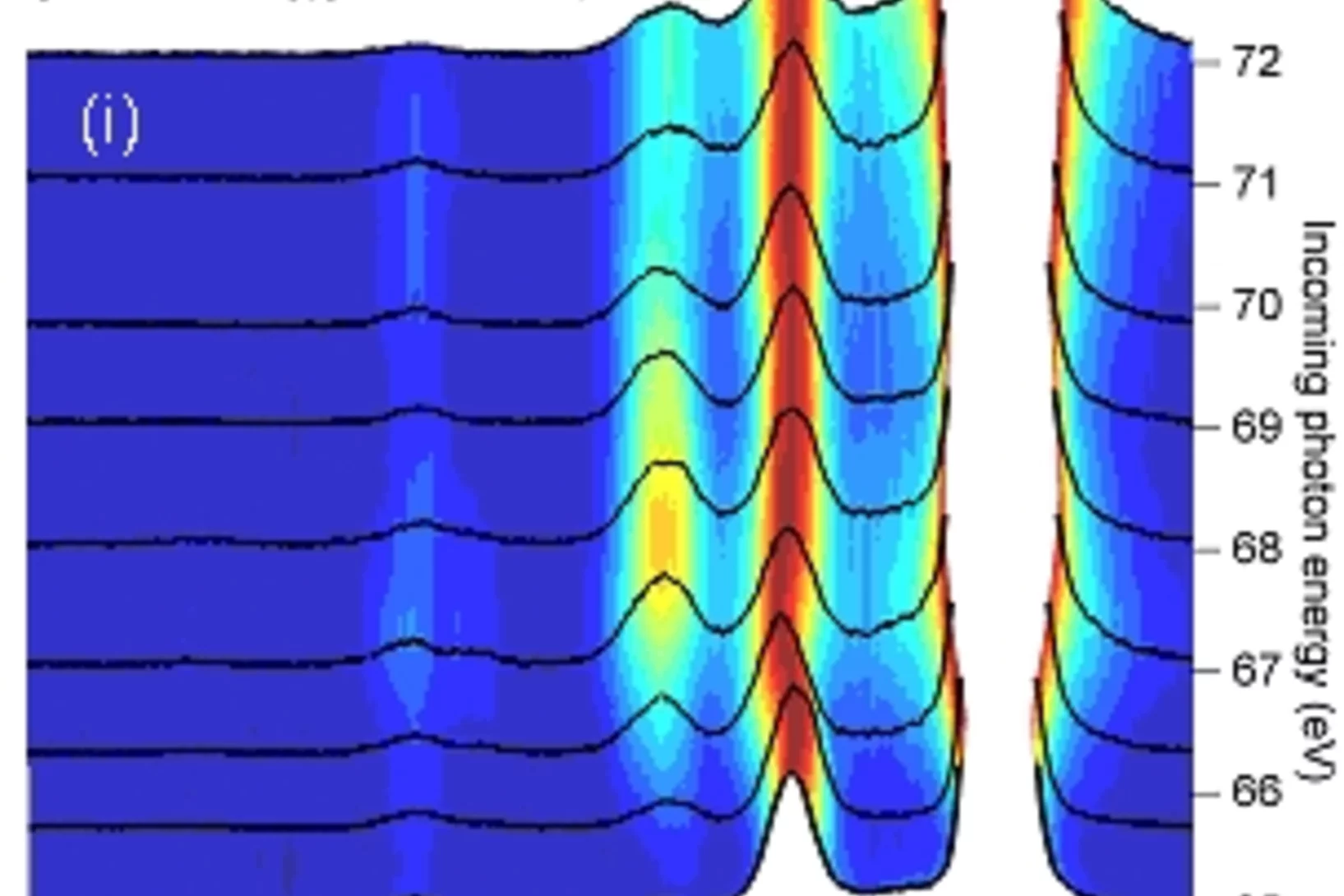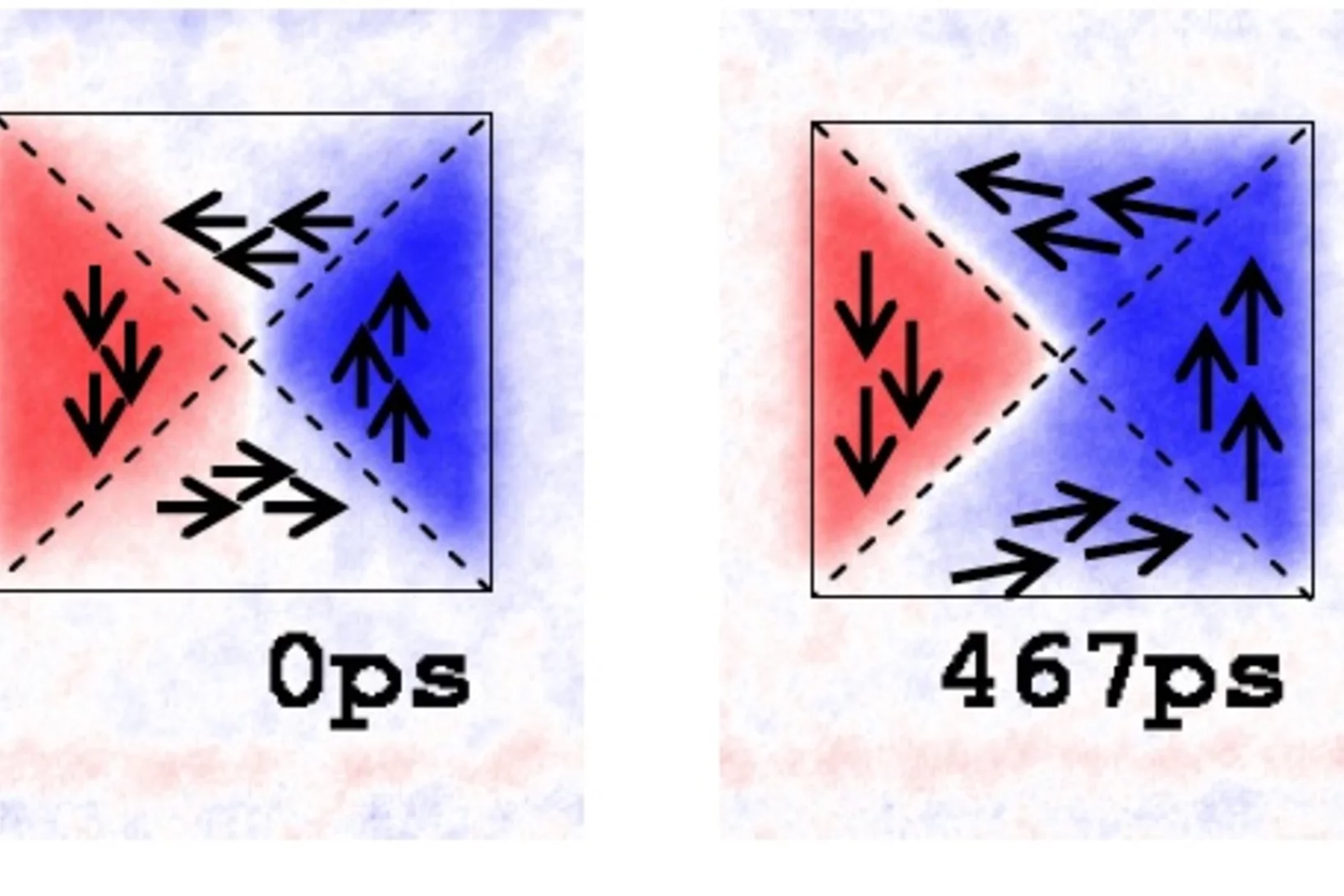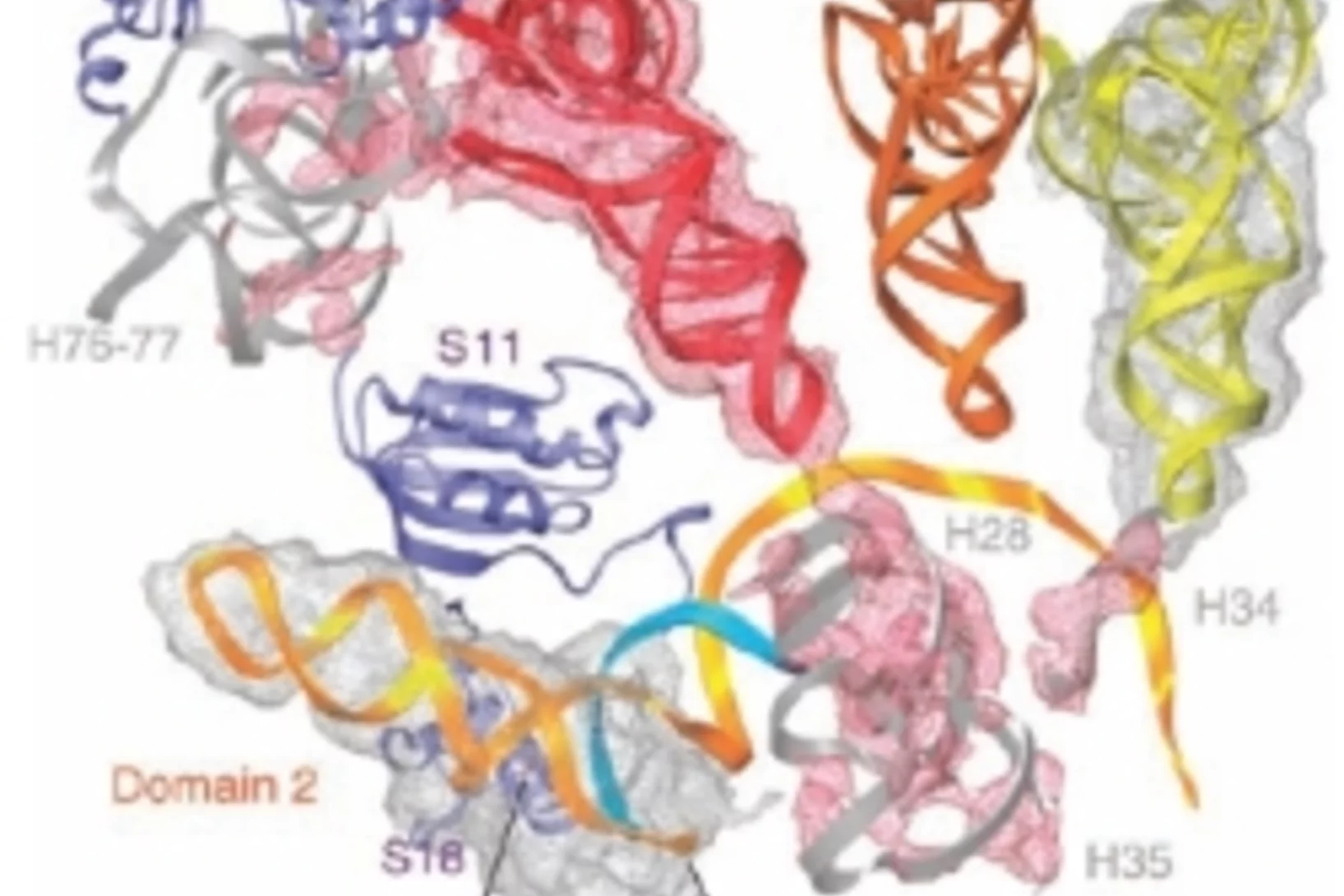Am PSI widmen sich mehrere Projekte wichtigen Forschungsfragen rund um das Coronavirus Sars-CoV-2 und den daraus resultierenden Erkrankungen. Wir informieren über Aktivitäten und Vorhaben, zum Beispiel zu Untersuchungen von Lungengewebe, zur Produktion von Proteinen und Antikörpern oder über Ideen für neue Forschung zu Covid-19.
Nützliche Links
Shining light on superconductors
More than 20 years ago researchers in Switzerland discovered that certain materials transport electrical current without any loss. For this they need to be cooled, but because they do so at relatively high temperatures (up to -150°C) they are called high temperature superconductors. How exactly the electrons transport current in such materials is still a mystery. But the electrons can be studied using the photoelectric effect where light of high energy knocks an electron out of the material.
Magnets shine in a different color
Measuring -or feeling- magnetic interactions looks simple at first glance: holding two magnets close to each other gives an immediate idea. How about the case when the 'magnets of interest' are tiny and amount to nothing more than atoms? X-rays generated at the Swiss Light Source allow 'zooming in' on magnetic interactions relevant at inter-atomic scale: we bring forward the first evidence of local spin flips of atomic moments in a 'photon-in photon-out' scattering experiment.
Read full article
Dance of the domains
In a ferromagnet regions exist where all the atoms orient their atomic compass neddles into one direction. These regions are called domains. A recent experiment succeeded in exciting such domains and watching their vibration and subsequent relaxation to the original state. This is the Dance of the domains.
Controlling the ribosome
Ribosomes can be thought of as factories that build proteins from a set of genetic instructions. Translation relies on two selection processes: a) charging of tRNA by selection of the correct aminoacid to be covalently bound to it, b) the selection of the tRNA as specified by the codon of the mRNA. Aminoacyl-tRNA synthetases catalyse the first of these steps using hydrolysis of ATP.




